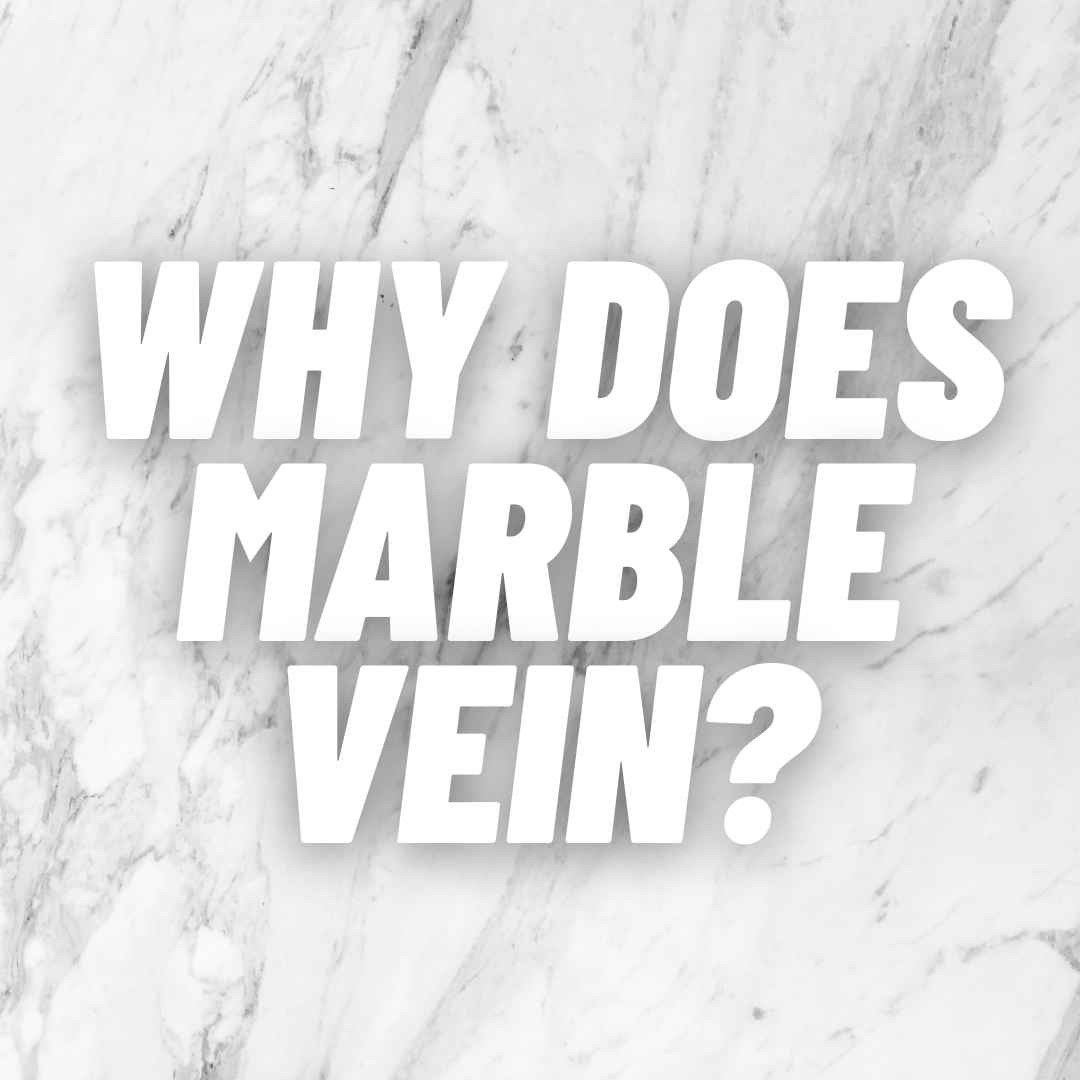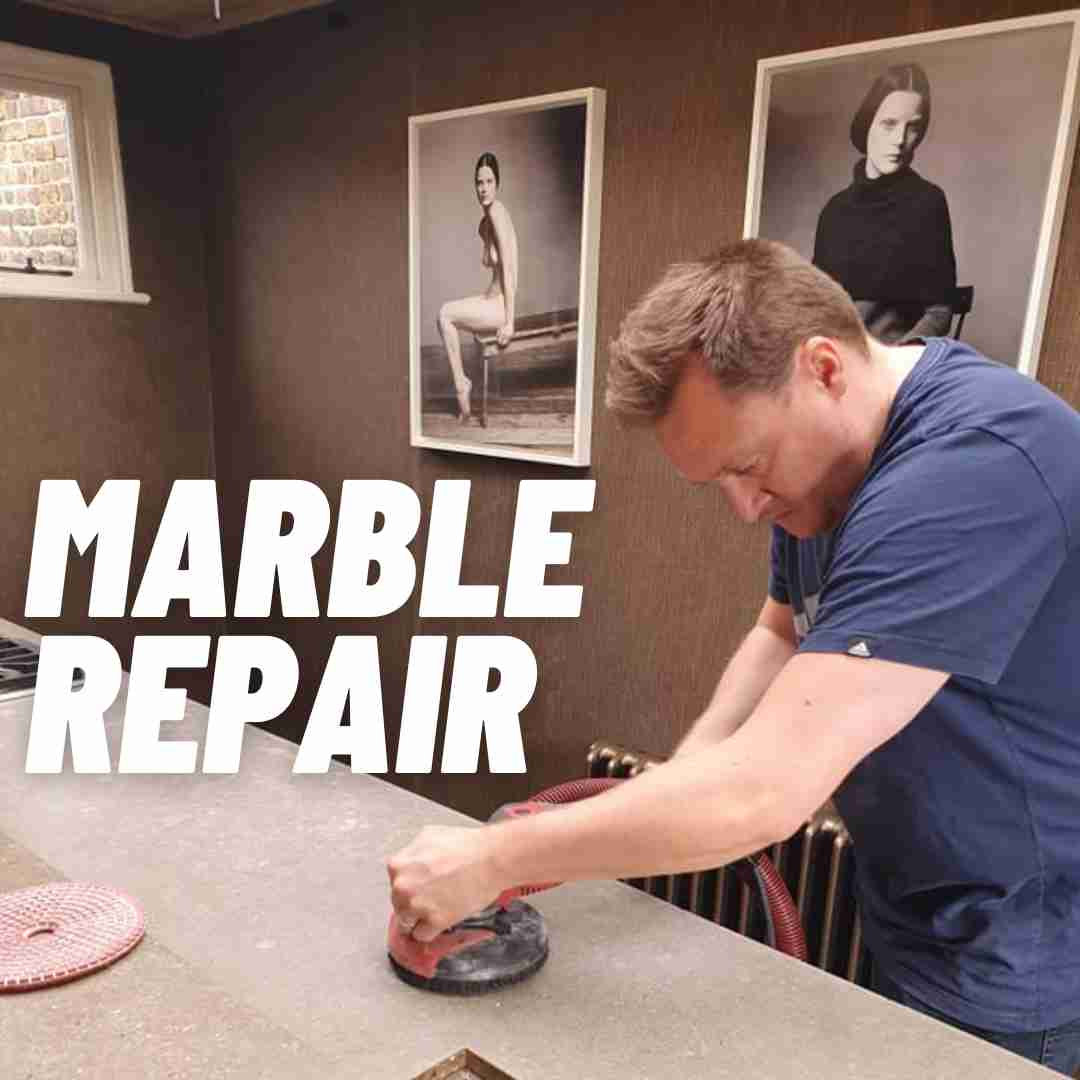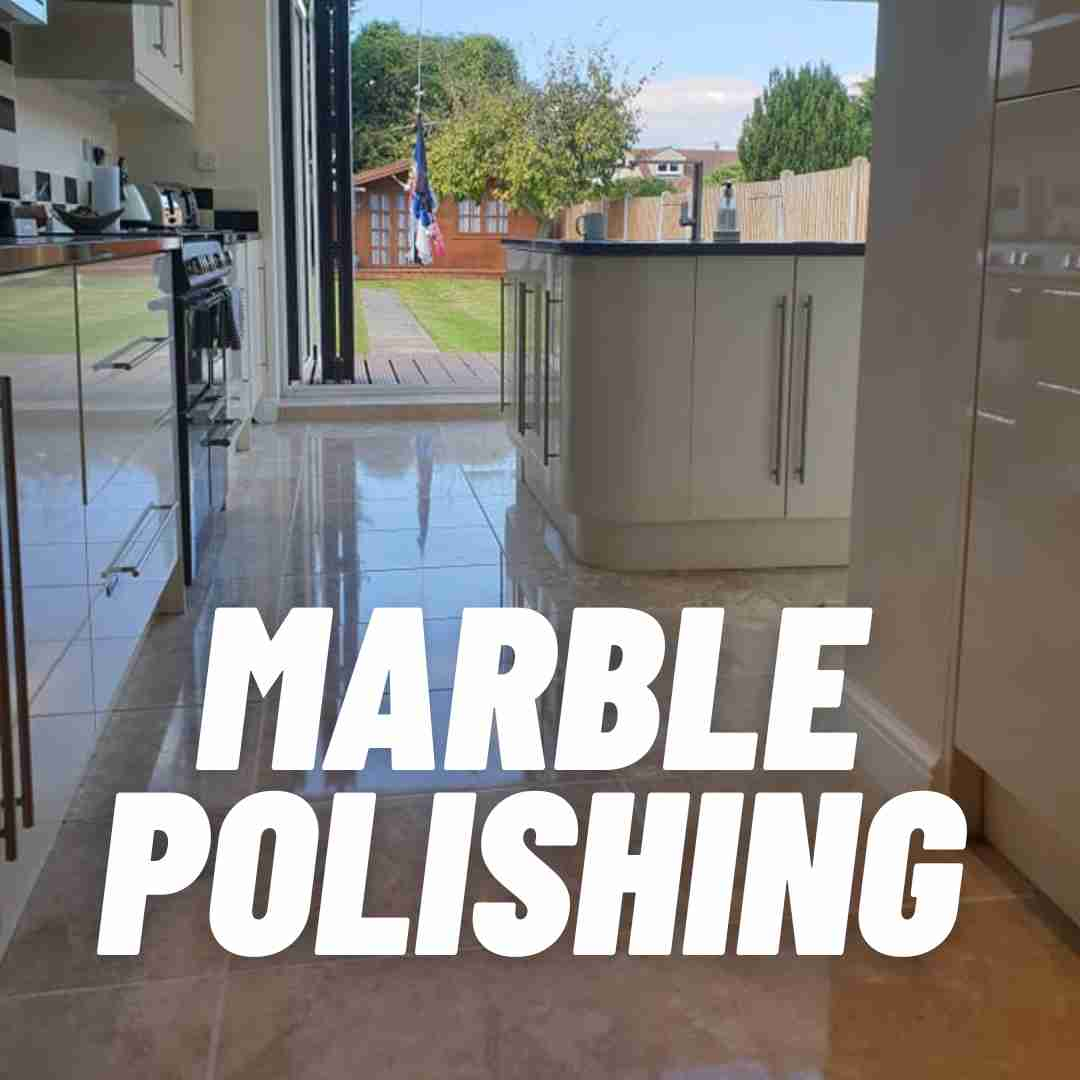Differences in Visual AppealMarble is a natural stone that features unique veining patterns. These patterns are formed due to the presence of various minerals and impurities in the stone, creating a visually appealing look. The color intensity and variation in marble veining add depth and character to each slab, making it a sought-after material for interior and exterior design. These distinctive vein patterns contribute to the overall aesthetic value and beauty of marble, ensuring that no two pieces are alike.
Importance of Veining in ArchitectureVeining is a crucial factor in distinguishing the character of marble and its impact on architectural elements. The elegance and sophistication in marble veining patterns transform spaces by adding richness and enhancing visual interest. Veined marble slabs are commonly used in flooring, countertops, and wall applications. Architects and
designers use marble veining to infuse a sense of luxury and uniqueness into buildings and spaces.
The natural characteristics of marble, including its veining patterns, are an essential aspect of its timeless appeal. These patterns influence the ambiance of the space they occupy, creating a sense of harmony and balance. In historical architecture, marble veining played a significant role in design, forming elaborate patterns and motifs that added to the grandeur of buildings.
Tips on Choosing the Right Marble VeiningWhen selecting a marble slab, consider the following tips that can help in choosing the right veining pattern:
Color coordination: Match the veining color to the overall design scheme to create a harmonious look. The color palette should either complement or contrast with the existing elements of the space.
Pattern scale: Small-scale patterns work best in compact spaces, while larger patterns exude a bold presence in expansive areas.
Stone finish: Choose the right finish for marble slabs, as a polished surface will enhance the appearance of veining, whereas a honed surface will produce a more muted look.
Application: Determine the primary use of the marble and select a veining pattern that is suitable. For example, a heavily veined marble might not be the best choice for a kitchen countertop, as it may be challenging to keep clean.
Consistency: Ensure that the veining pattern is consistent throughout a space to achieve a cohesive design.
In essence, marble veining significantly impacts the aesthetic value of the stone, and understanding its importance in architecture and design is critical when choosing the ideal marble for any application.











